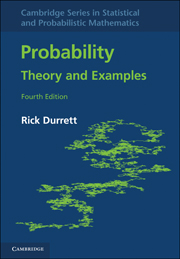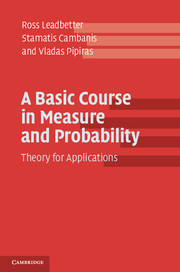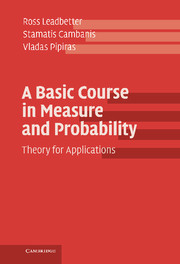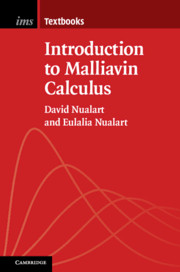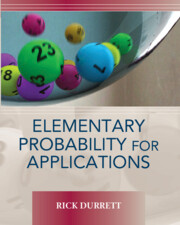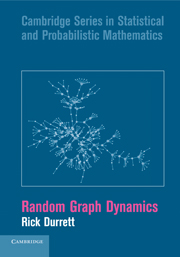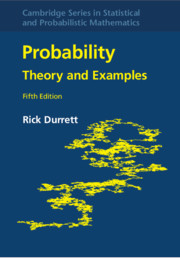Probability
This classic introduction to probability theory for beginning graduate students covers laws of large numbers, central limit theorems, random walks, martingales, Markov chains, ergodic theorems, and Brownian motion. It is a comprehensive treatment concentrating on the results that are the most useful for applications. Its philosophy is that the best way to learn probability is to see it in action, so there are 200 examples and 450 problems. The fourth edition begins with a short chapter on measure theory to orient readers new to the subject.
- More than 250 good examples and 500 exercises
- Comprehensive treatment in only 400 pages
- Concentrates on results useful for application
Reviews & endorsements
'The author has done an extraordinary job in showing not simply what the presented theorems can be used for, but also what they cannot be used for.' Miklós Bóna, SIGACT News
Product details
September 2010Adobe eBook Reader
9780511910906
0 pages
0kg
23 b/w illus. 532 exercises
This ISBN is for an eBook version which is distributed on our behalf by a third party.
Table of Contents
- 1. Measure theory
- 2. Laws of large numbers
- 3. Central limit theorems
- 4. Random walks
- 5. Martingales
- 6. Markov chains
- 7. Ergodic theorems
- 8. Brownian motion
- Appendix A. Measure theory details.

